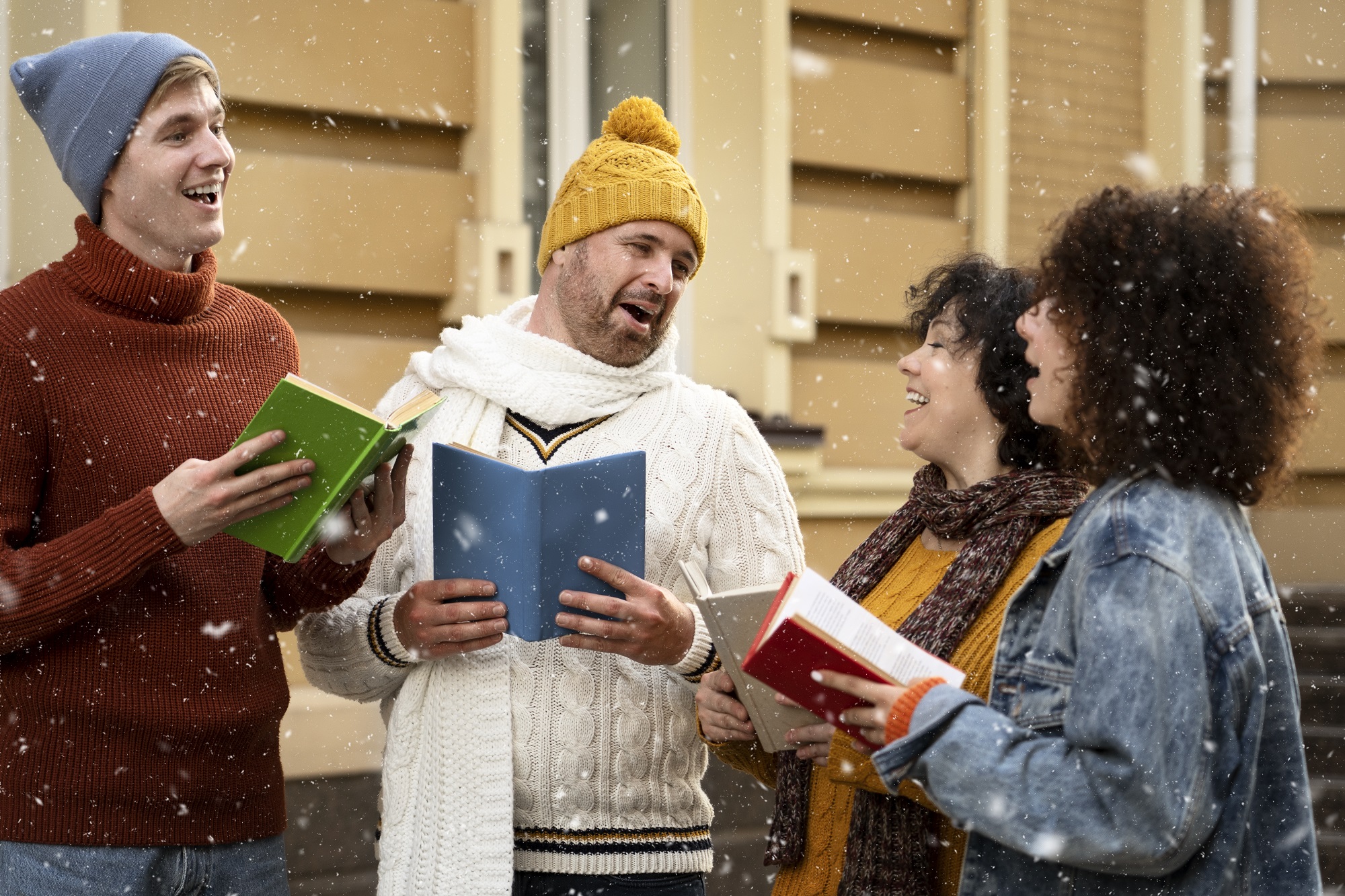Sing and Fun
56

Category
rhythmic
vocal
Age
8+
Number of participants
2+
Duration
approx. 20 min.
Working method
- playing in pairs
- group work
Musical abilities of the trainers
1 2 3 4 5 6
Equipment and instruments
- music player / app
to play the video
Competences
- common singing
- attention
- movement coordination
- cooperation
- sense of rhythm
Sing and Fun
A simple and fun game to cheer up the mood of the group
and to relax while doing something more serious.
AIM
The goal of the game is to teach singing in a fun way, using repetition as a learning method. And the clapping associated with the song develops movement coordination and a sense of rhythm.
Description
Learn together the Sarasponda children’s song with clapping until you sing it as fast as you can!
Learning the song can be done in two ways, the facilitator learns the melody in advance and teaches it to the participants, or they practice singing and clapping together with the recording. By learning together with the tutorial video, the ability to observe
and imitate is also developed.
If you already know it very well, you can come up with movements or body percussion exercises yourself.
LYRICS
Sarasponda, sarasponda, sarasponda ret set set.
A doh ray oh, a doh ray boom day oh,
A doh ray boom day ret set set, ah say pah say oh.






Recent Comments